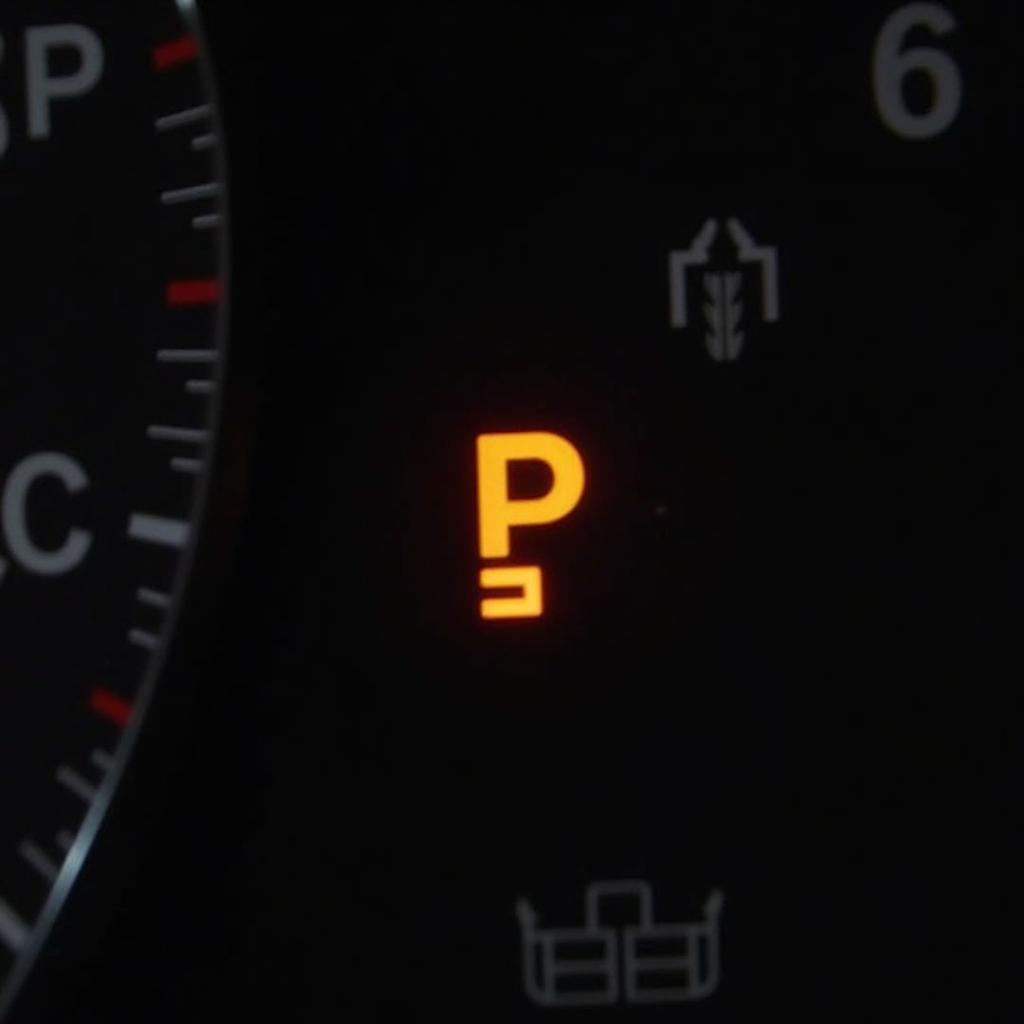A lean-running engine is a common car problem that can lead to various issues, from reduced fuel efficiency and poor acceleration to engine damage. Understanding the causes and solutions for a lean-running engine is crucial for car owners, mechanics, and technicians. This guide will provide a comprehensive overview of this problem, covering the underlying causes, symptoms, and troubleshooting steps.
Understanding a Lean-Running Engine
A lean-running engine occurs when the air-to-fuel ratio in the combustion chamber is too lean, meaning there’s too much air and not enough fuel. This imbalance can be caused by various factors, each requiring a different approach to resolve.
Common Causes of a Lean Engine
1. Faulty Oxygen Sensor (O2 Sensor)
The oxygen sensor monitors the exhaust gas and sends signals to the engine control unit (ECU) to adjust the air-to-fuel ratio. A faulty O2 sensor can provide inaccurate readings, leading to a lean condition.
2. Vacuum Leaks
Vacuum leaks can cause an increased amount of air to enter the engine, disrupting the air-to-fuel ratio. This can occur in various areas, such as intake manifold gaskets, vacuum hoses, and PCV valve.
3. Clogged Fuel Injectors
Fuel injectors deliver fuel into the combustion chamber. If they become clogged, they may not be able to deliver the correct amount of fuel, resulting in a lean condition.
4. Air Intake Issues
Issues with the air intake system, such as a damaged air filter or a clogged mass airflow sensor (MAF), can disrupt the air flow and lead to a lean air-to-fuel mixture.
5. Fuel Pressure Regulator Problems
The fuel pressure regulator maintains proper fuel pressure within the fuel system. If it malfunctions, it can cause low fuel pressure, resulting in a lean condition.
Symptoms of a Lean-Running Engine
A lean-running engine can exhibit several symptoms, including:
- Poor Fuel Economy: You may notice a decrease in your gas mileage as the engine struggles to burn fuel efficiently.
- Rough Idle: The engine might idle rough, fluctuate, or even stall.
- Reduced Power: The car may experience a loss of power or sluggish acceleration.
- Backfiring: Backfiring can occur when the engine misfires due to the lean fuel mixture.
- Check Engine Light: The check engine light will illuminate on the dashboard, often accompanied by a specific error code related to a lean condition.
How to Fix a Car Running Lean
Diagnosing and fixing a lean-running engine requires a methodical approach. Here’s a step-by-step guide:
1. Check for Error Codes:
 Check Engine Light
Check Engine Light- The first step is to use an OBD2 scanner to retrieve any error codes stored in the ECU. These codes can provide valuable insights into the potential causes of the lean condition.
2. Inspect the Oxygen Sensors:
 Oxygen Sensor
Oxygen Sensor- Visually inspect the oxygen sensors for any signs of damage, corrosion, or loose connections. You can also use a multimeter to check the sensor’s voltage output and compare it to the manufacturer’s specifications.
3. Check for Vacuum Leaks:
- Use a vacuum leak tester to listen for any hissing sounds indicating a leak. Inspect all vacuum hoses and connections for cracks, holes, or loose clamps.
4. Inspect the Fuel Injectors:
- Remove the fuel injectors and visually inspect them for any signs of clogging or damage. You can also use a fuel injector cleaner to flush out any debris.
5. Check the Air Intake System:
- Inspect the air filter for dirt and debris. Clean or replace the filter as needed. Check the MAF sensor for any signs of contamination or damage.
6. Check the Fuel Pressure Regulator:
- Use a fuel pressure gauge to measure the fuel pressure. Compare the readings to the manufacturer’s specifications. If the fuel pressure is low, the fuel pressure regulator may need to be replaced.
Expert Insight
“A lean condition can have serious consequences for your engine,” says John Smith, a certified automotive technician with over 20 years of experience. “It’s crucial to diagnose and address the underlying cause to prevent further damage.”
Conclusion
Fixing a car running lean involves understanding the various causes and taking a methodical approach to diagnosis. If you’re not comfortable with the troubleshooting steps, it’s best to seek the help of a qualified mechanic. Remember to always refer to your car’s service manual for specific instructions and safety precautions.
For any car repair needs, you can contact AutoTipPro at +1 (641) 206-8880 or visit our office at 500 N St Mary’s St, San Antonio, TX 78205, United States.
FAQ
Q: Can I drive my car if it’s running lean?
A: While you might be able to drive your car for a short period, it’s not recommended. Driving a lean-running engine for an extended period can cause damage to the engine, leading to costly repairs.
Q: How can I prevent my car from running lean?
A: Regular maintenance, such as replacing the air filter, inspecting the oxygen sensors, and using high-quality fuel, can help prevent lean conditions.
Q: Can I fix a lean-running engine myself?
A: Some basic troubleshooting steps can be performed at home, but if you’re not comfortable with car repairs, it’s best to consult a qualified mechanic.
Q: What is the difference between a lean and a rich condition?
A: A lean condition means there is too much air and not enough fuel in the combustion chamber, while a rich condition means there is too much fuel and not enough air.
Q: Can a lean condition cause engine damage?
A: Yes, a lean condition can cause engine damage, including overheating, valve damage, and even piston damage.




Leave a Reply